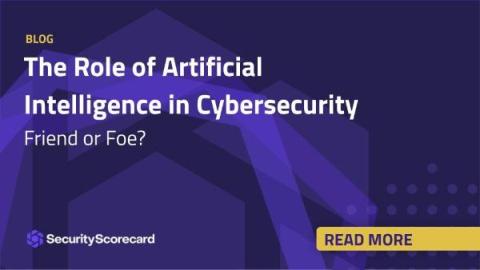Trustwave Backs New CISA, NCSC Artificial Intelligence Development Guidelines
The U.S. Department of Homeland Security's (DHS) Cybersecurity and Infrastructure Security Agency (CISA) and the United Kingdom's National Cyber Security Centre (NCSC) today jointly released Guidelines for Secure AI System Development in partnership with 21 additional international partners.











